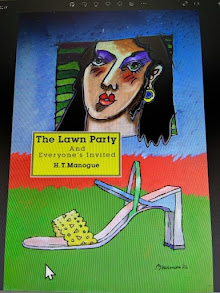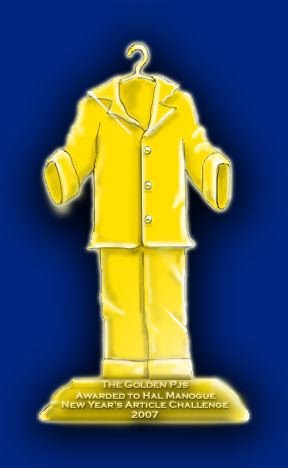Do not believe in what you have heard; do not believe in traditions because they have been handed down for many generations; do not believe anything because it is rumored and spoken of by many; do not believe merely because the written statement of some old sage is produced; do not believe in conjectures; do not believe merely in authority of your teachers and elders. When you accept your truth and live it awareness presents itself.
Those thoughts came from Buddha. There were written in the Karma Sutra. Buddha believed that nothing in the exterior world manifests unless it appears in the mind first. We are examples of the great creativity of consciousness. Everything is connected in the energy of spontaneous cooperation. From the highest to the smallest, to the greatest and the lowest, between every atom and molecule there are qualities of the conscious mind in action. The feeling-tones of the world manifests from the consciousness that creates them.
The deep and abiding rhythms of these ancient feeling-tones create thoughts, and they lay on a bed in the mind. These creative portions of the psyche manifest in individual patterns and they become expressions of life. The mind expresses inner knowing and unknowing, and it constantly surprises the self. The unconscious unknowing is just as knowing as the conscious knowing in the inner world of the psyche. We project and then reflect our own thoughts, and they become experiences of some kind. Buddha talks about our reflections and how we create a revolving ego that tries to alter those reflections in order to conform and experience physical desires. We live in a picture, and we paint the self in various ways. That picture changes as the ego becomes aware of itself. The ego is connected to the unknowing, and it constantly falls back into the unconscious to sip the nectar of unknowing. That action creates another ego, which blooms and expresses perceptions, which contain more knowledge.
The truth that Buddha talks about is rooted in the fact that the ego is always changing. It dies and is reborn constantly. The ego we called the ‘self’ five or ten years ago is not the same ego expressing the self now. The creative psyche creates and re-creates the ego as we expand in awareness. Our beliefs are the foundation for our experiences. If those beliefs are reflections of distorted truths, we live in a conceptual reality. In a conceptual reality truth becomes a flexible commodity that impacts awareness. A conceptual reality is the individual choice of consciousness. At some point conceptual reality blends with the unknowing, and the truthful nectar saturates it.










